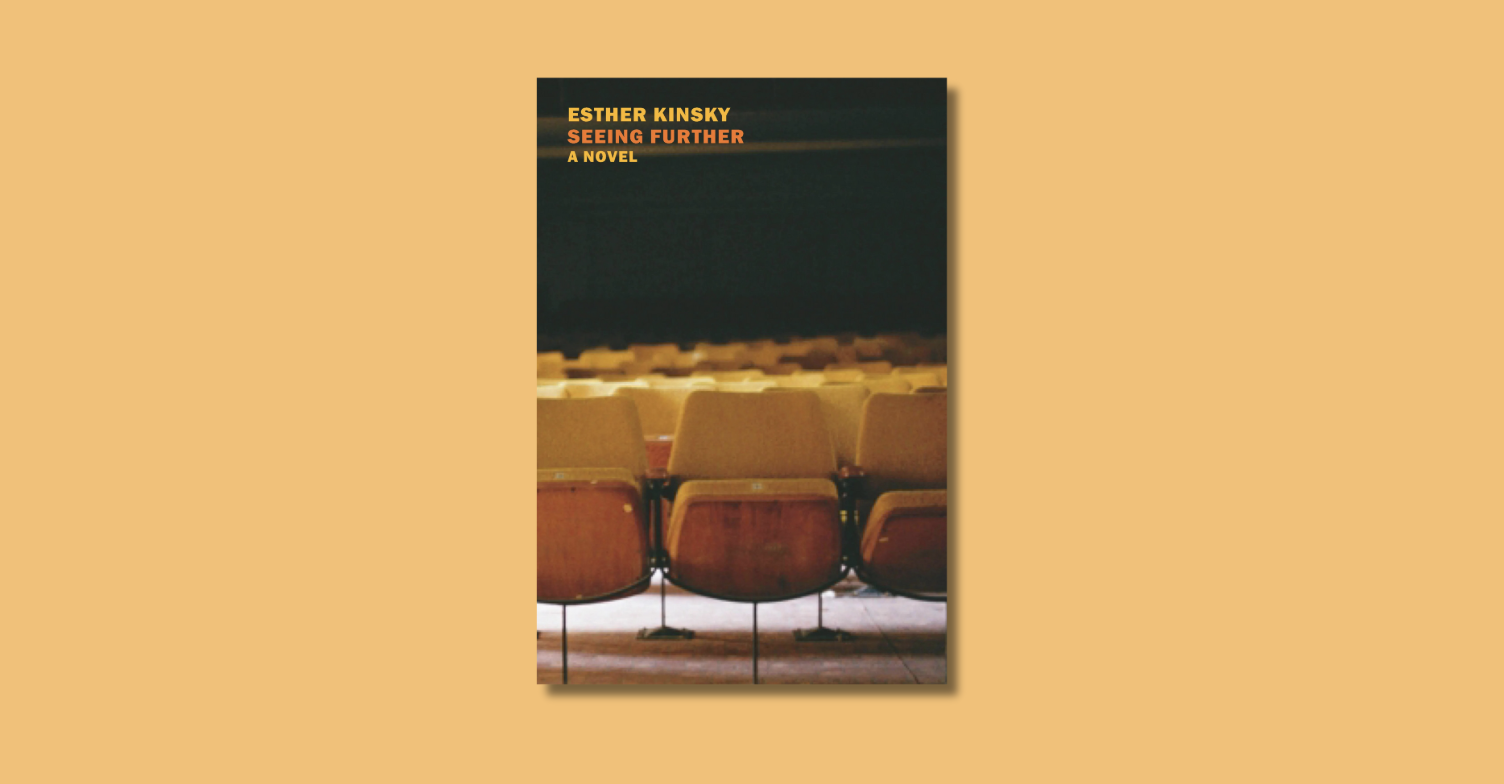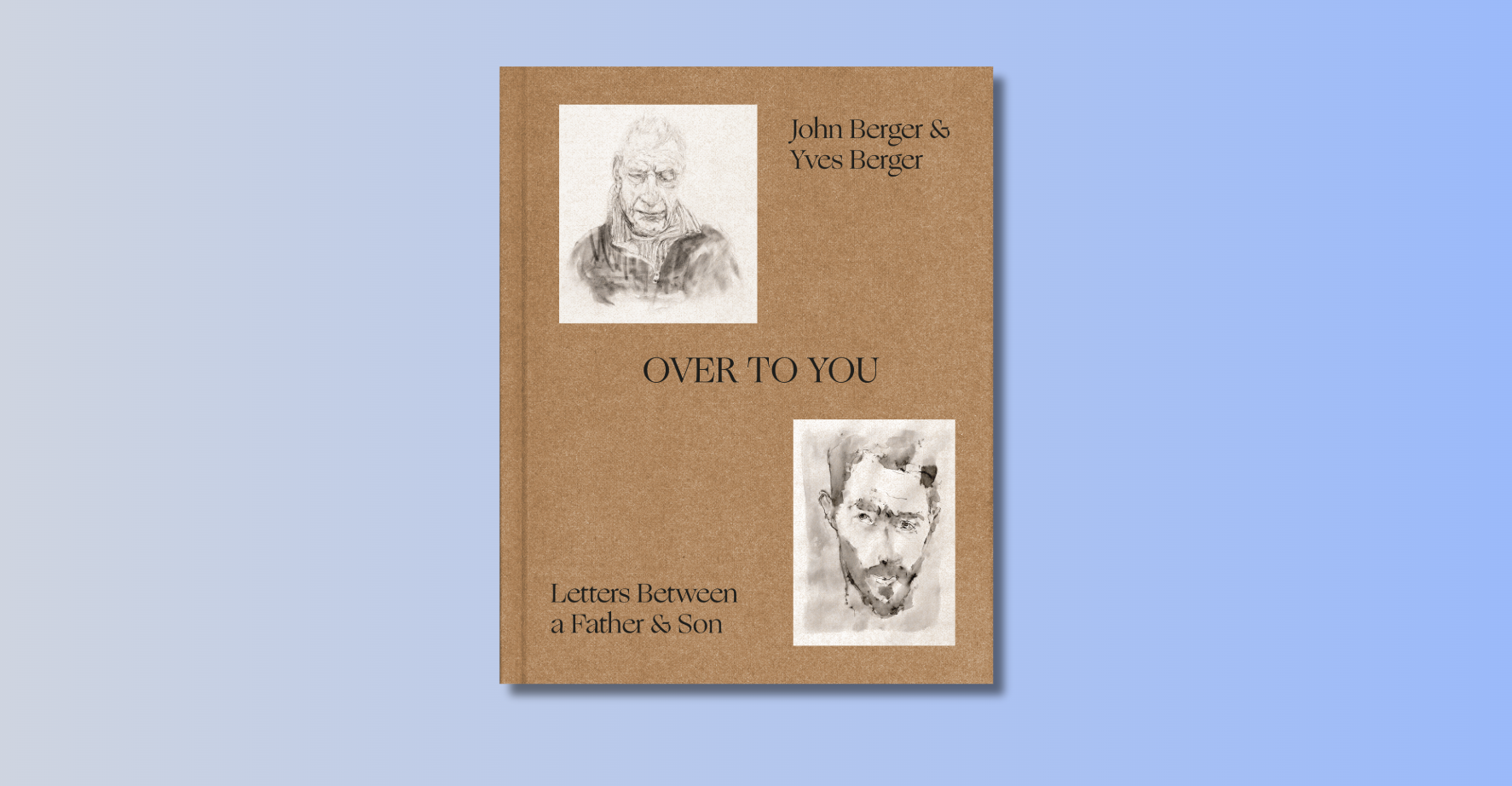 For some weeks now, in a pretense to professorial hipness, I’ve been using the TV show Gossip Girl as a sort of all-purpose pop-cultural referent with my students. Whenever I’m at a loss to explain a concept, I say something like, “This would be like on Gossip Girl, if Blair Waldorf told Serena van der Woodsen…” The ugly truth, however, is that I’ve never seen the show.
For some weeks now, in a pretense to professorial hipness, I’ve been using the TV show Gossip Girl as a sort of all-purpose pop-cultural referent with my students. Whenever I’m at a loss to explain a concept, I say something like, “This would be like on Gossip Girl, if Blair Waldorf told Serena van der Woodsen…” The ugly truth, however, is that I’ve never seen the show.
My students seem to take this in stride, and to find it both hilarious and tragic that I imagine it to be a cultural touchstone for their generation. In fact, they tell me, it is more of a cultural touchstone for mine. Other teachers apparently share my delusion that Gossip Girl is the central televisual event of the lives of undergraduates. Meanwhile, the undergraduates order Six Feet Under from Netflix.
So where, one wonders, did the Gossip Girl meme gain traction? I can’t answer for my colleagues, but Gossip Girl got my own attention through two roundabout connections with The New Yorker magazine. First, Janet Malcolm (of all people) penned an essay on the literary merits of the book series on which the show is based. Malcolm was critical of the TV adaptation, but noted, of the books, that
adolescence is a delicious last gasp (the light is most golden just before the shadows fall) of rightful selfishness and cluelessness… I would like to go on telling Blair stories until they are gone.
Then, Wallace Shawn – a great playwright and actor and the son of the late New Yorker editor William Shawn – landed a recurring role as Blair’s mother’s boyfriend. “The life of an actor can be very enviable,” Shawn told the New York Times this week. “If the phone rings and somebody says, ‘I see you as the leader of a group of aliens with enormous heads… I think that’s fantastic.”
That its glancing acquaintance with these two writers was enough, in my mind, to establish Gossip Girl’s centrality to the zeitgeist probably says more about The New Yorker’s role as a taste-maker for the thirtysomething set than it does about the CW’s role as a taste-maker for teens. Still, the primetime hours have not been quite the same for me since The O.C. went off the air. Janet Malcolm, literary to the end, would have me fill them with Gossip Girl books, but with Wallace Shawn joining the cast, I’m tempted to brave her disapproval and start watching the show.








